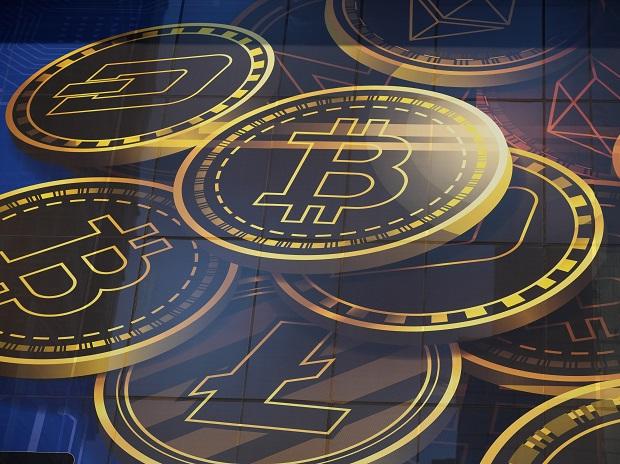The central government has brought the trading of cryptocurrency and digital assets within the ambit of the Prevention of Money Laundering Act (PMLA) through a gazette notification. The move comes even as the legislation to govern the cryptocurrency sector is still awaited, and at a time when India — as Group of 20 (G20) President — is looking to drive the narrative among global leaders and regulators on the dangers of crypto–currency.
This means that any financial wrongdoing involving cryptocurrency assets can now be investigated by the Enforcement Directorate. In a gazette notification dated March 7, the Ministry of Finance’s Department of Revenue stated that activities related to the trading of cryptocurrency and digital assets would be covered within the ambit of PMLA.
These include an exchange between virtual digital assets and fiat currencies, between one or more forms of virtual digital assets, transfer of virtual digital assets, safekeeping or administration of virtual digital assets or instruments enabling control over such assets, and participation in and provision of financial services related to an issuer’s offer and sale of a virtual digital asset.
The definition of ‘virtual assets’ would be the same as that in the Income-Tax Act, the notification stated. The definition includes cryptocurrencies and non-fungible tokens.
“Cryptocurrency transactions continue to lack transparency and the trail is difficult to establish. This move pushes responsibility on the cryptocurrency markets to bring transparency to cryptocurrency trading,” said Prashant Garg, partner, technology consulting, EY.
“The responsibility of maintaining transparency, identity, and following regulations is on cryptocurrency exchanges. Globally, banks are severing ties with exchanges, straining the exchanges and forcing them to look for an alternative model,” said Garg.
The Centre is unwilling to table the Bill governing the cryptocurrency sector in Parliament until there is a global consensus on regulations.
Last month, at the G20 meeting of finance ministers and central bank governors in Bengaluru, International Monetary Fund’s (IMF’s) Managing Director Kristalina Georgieva backed India’s stance on private cryptocurrencies and other digital assets and said there is a need for a strong push on global regulation for such assets.
“We have to differentiate between central bank digital currencies that are backed by the state and stablecoins, and cryptocurrency assets that are privately issued. There has to be a very strong push for regulation. If regulation fails, if you’re slow to do it, then we should not take it off the table or ban those assets because they may create financial stability risk,” she said.
Indian officials in the government and the Reserve Bank of India (RBI) have argued that while there is a need for strong global regulations for private cryptocurrency assets, banning should be an option in certain cases.
Finance Minister Nirmala Sitharaman and RBI Governor Shaktikanta Das had said at the same event that India’s position was being endorsed by other nations.
“I am glad to say one thing, there is almost a clear understanding that anything not issued by a central bank is not a currency. This is a position India has been taking for a very long time and we are glad that such a position of India is now getting acknowledgement from so many different members,” Sitharaman had said.
Das said there was an acceptance among major global economies that cryptocurrency assets involve several major risks to financial stability, monetary systems, cybersecurity issues, and overall financial stability, and they need to be looked at.
“The effort is to develop an international framework, an international architecture to deal with this problem,” Das had said.
As G20 President, India has asked the IMF and the Financial Stability Board to come up with a joint technical paper on the macroeconomic and regulatory perspectives of cryptocurrency assets. This paper will help in the formulation of a coordinated and comprehensive policy approach to cryptocurrency assets. The international organisations are expected to present their joint paper in October.
Note:- (Not all news on the site expresses the point of view of the site, but we transmit this news automatically and translate it through programmatic technology on the site and not from a human editor. The content is auto-generated from a syndicated feed.))



